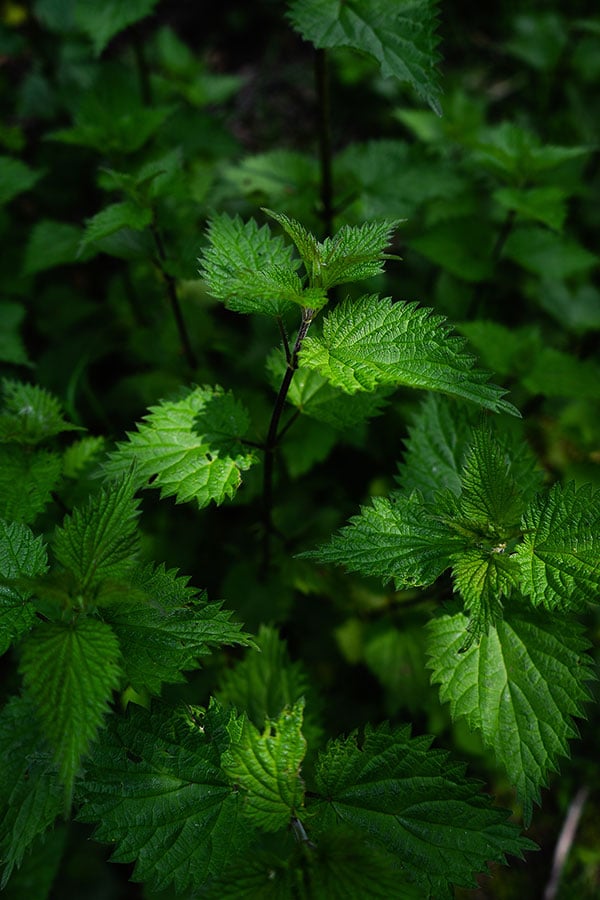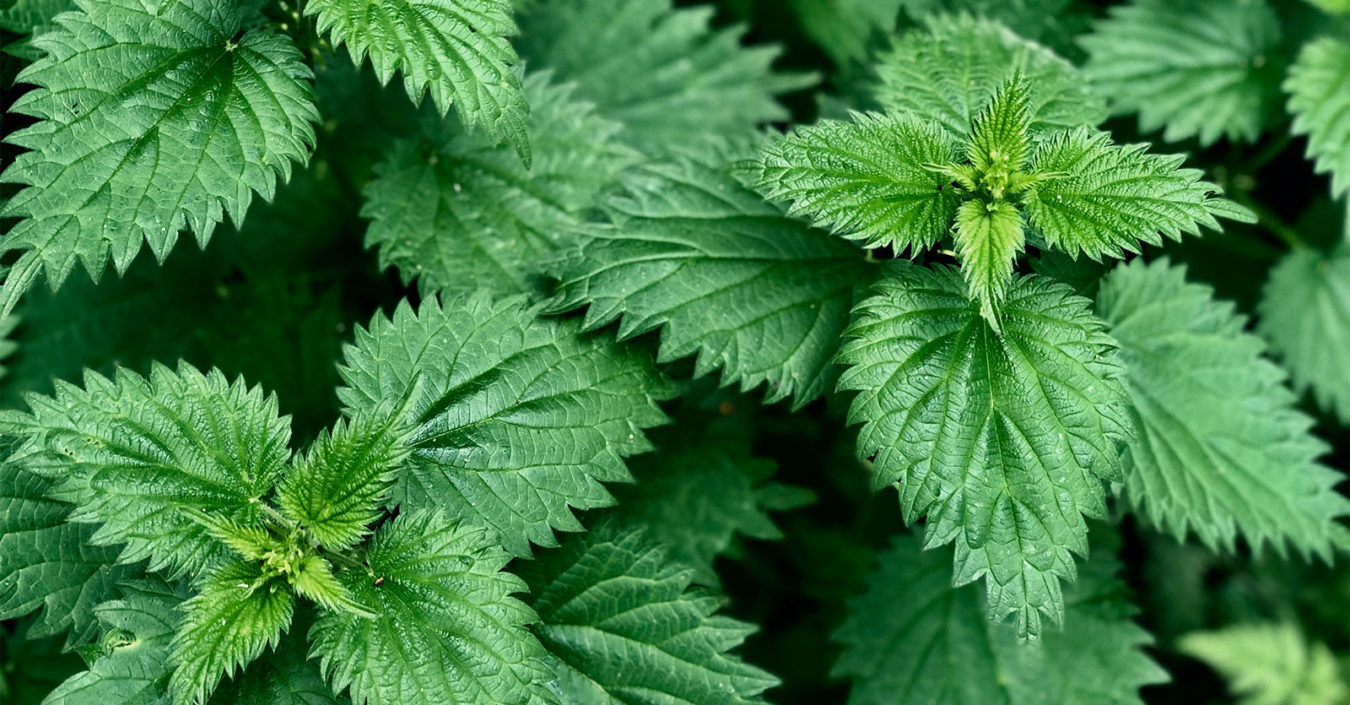The Pacific Northwest is a great place for foraging, especially in the San Juan Islands. The change of seasons from winter to spring brings an abundant amount of lush, mossy greens into the forests that surround us.
One of the first edible spring plants you can forage will be stinging nettles. Nettles are full of vital nutrients that help support hair growth, nail growth, and healthy skin. You can make teas, sauces, and so much more with the power-packed plant.
Let’s talk about what we can do with nettles, how to prepare them, and how to safely forage for them in the forest.
The first question you may have is where to find nettles. In the Pacific Northwest, you can forage for nettles primarily in any wooded area. You may even have them in your backyard and not even know that they have been growing there this entire time.
These are going to be the easiest plant to forage for and with so many benefits too! The best way to identify a nettle is by looking at the pictures in this post. And you can always do the sting test if you’re brave enough. All you do is slightly touch the bottom of the wide-leaved plant and if you feel a sting you know you found them
Now we are going to talk about how to pick the stinging nettle leaves. The name alone will probably make you think twice about picking the leaves off of this plant. Nettles do cause a sting if you touch the tops of the leaves without proper gloves, but the bottom side of a stinging nettle will never “sting” you.

To safely pick a nettle, grab a pair of thick gardening gloves that will be durable to the nettle leaf. Starting from the bottom of the stock, grasp it loosely and run your hand up to the top of the plant. This will allow you to gather a large number of leaves at one time. Place your nettles into a large zip lock bag, which will make transportation a lot easier.
Now that you’ve picked these nettles, what are you going to do with them? You can dry the leaves in a dehydrator for two hours or in your oven at 250°F for one hour. After drying the nettles, just pour some hot water over the leaves and you have yourself a quick and easy nettle tea.
If you are looking for something packed with more flavor, try a nettle pesto. Start by picking through the leaves to make sure they are all bright and fresh. Next, rinse them under cold water to remove any dirt. Fill a large pot with water and bring it to a boil. While you are waiting for the water to boil, also make an ice bath by filling a medium bowl with ice and cold water. Once the water is at a roaring boil, add the nettles to the pot. Submerge them for one minute, then immediately pull the leaves out of the water with tongs and place them in the prepared ice bath. Drain and combine nettles with sunflower seeds, parsley, basil, lemon juice, and parmesan, and pulse in a food processor until blended. You can add pesto to just about anything and it is delicious.
If you are looking to have a relaxing getaway out in nature, come and stay at our sister property, The Tucker House Inn & Harrison House Suites. They will be able to guide you to all the best hiking trails where you will be able to forage for hours.
If you decide to just look for nettles but not pick any, you can head on down to Coho Restaurant in Friday Harbor. Coho forages for seasonal ingredients when they can, so be sure to explore the current menu for what’s on offer. You will find that we use nettles for pestos, soups, and other sauces.
Do you forage for fresh foods in your area? Be sure and share your trips and tricks with us on social!

